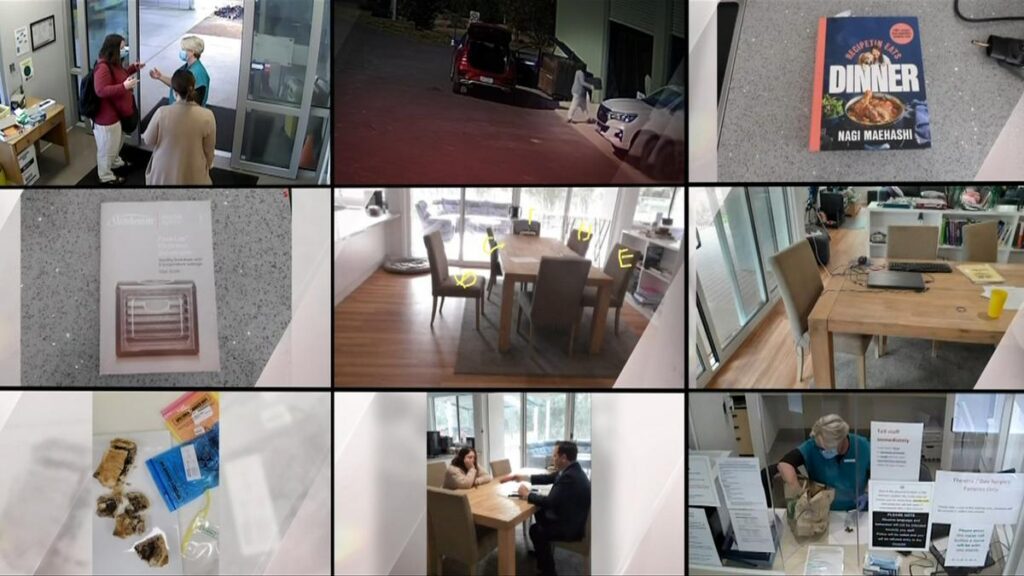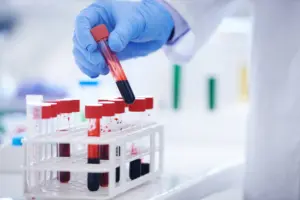
Evidence presented during the marathon trial of Erin Patterson, the woman convicted of poisoning her former in-laws with toxic mushrooms, has been made public. The 50-year-old mother of two was found guilty by a Supreme Court jury on Monday for the murders of Don and Gail Patterson, both aged 70, and Gail’s sister, Heather Wilkinson, 66. She was also convicted of the attempted murder of Ian Wilkinson, Heather’s husband, aged 68.
The trial, which has captured international attention, centered around a July 2023 lunch at Patterson’s home in Leongatha, Victoria. During this gathering, the victims were served beef Wellington parcels laced with death cap mushrooms. The release of court exhibits, following the conviction, sheds light on the evidence that led to the jury’s decision.
Key Evidence and Courtroom Revelations
Among the exhibits were receipts for a food dehydrator that Patterson initially denied owning, along with CCTV footage showing her disposing of the appliance shortly after the fatal meal. Police later recovered the dehydrator, finding traces of death cap mushrooms on its trays. Additionally, photographs of the dining table where the meal was served were presented, alongside tests confirming the presence of toxic mushrooms in the leftovers.
Patterson’s actions post-lunch further raised suspicions. She feigned illness and briefly admitted herself to a hospital, only to discharge herself against medical advice minutes later. Images captured at the hospital showed Patterson with a phone in a distinctive pink case, which police have been unable to locate. Prosecutors argued that this phone was used by Patterson to research death cap mushrooms online in 2023.
Legal and Psychological Perspectives
The conviction has left Patterson facing the possibility of life imprisonment. Her defense team, which argued that the case against her was flawed and highlighted her previously strong relationships with the victims, has not yet decided on an appeal. They have 28 days from the sentencing date to make this decision.
Criminologist Xanthe Mallett commented on the case’s complexities, stating,
“Ultimately unless Erin Patterson chooses to speak or there is some sort of official evaluation by a psychologist or psychiatrist, she is still maintaining her innocence, so we don’t really have a motive. That’s what makes all of this so inexplicable. How could a tragedy on this scale happen when we don’t have a clear motive?”
Broader Implications and Historical Context
The case of Erin Patterson is set to become one of Australia’s most infamous criminal cases, drawing parallels with other high-profile cases where motives remained elusive. The use of toxic substances in domestic settings recalls historical instances where seemingly ordinary individuals committed extraordinary crimes, often leaving communities in shock and disbelief.
The public release of evidence serves not only to satisfy public curiosity but also to provide transparency in the judicial process. As the pre-sentence process begins later this year, the case continues to provoke questions about motive, intent, and the nature of familial relationships gone tragically wrong.
Meanwhile, the community of Leongatha and the broader public await further developments, hoping for closure and understanding in a case that has left many unanswered questions. The legal proceedings and their outcomes will likely be scrutinized for years to come, as experts and the public alike seek to comprehend the full scope of this tragic event.







